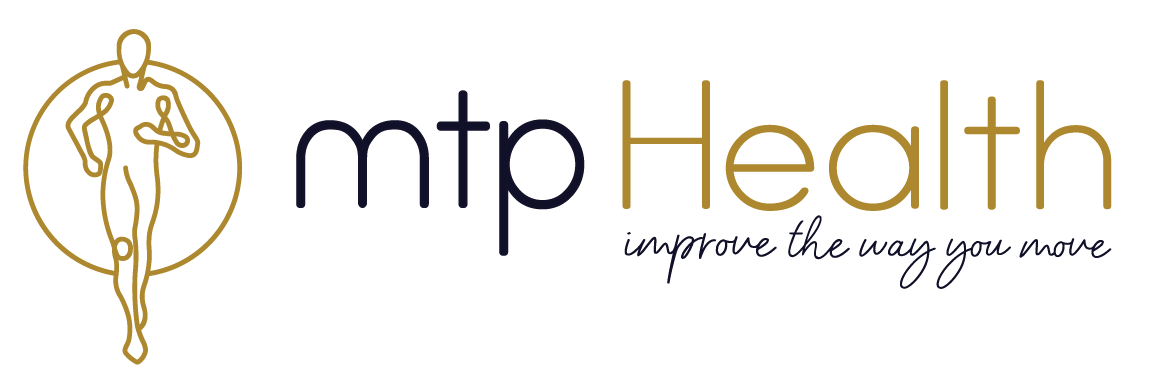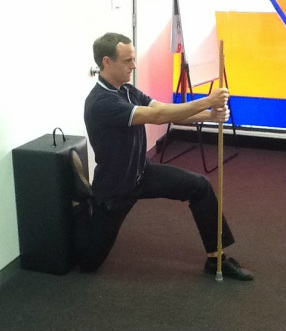Tight hamstrings?? Don’t blame the victim.
The poor old hamstrings get a bad wrap. I would hazard a guess that around 80% of new patients that come to the clinic claim to have tight hamstrings. The story usually goes something like this: “I’ve always had tight hamstrings, ever since I was in high school, no matter how much I stretched them it never seemed to make a difference”.
This highlights one of the key issues with modern trainers and therapists ‘chasing pain and symptoms’. Someone complains of tight hamstrings, well then stretch the hamstrings; someone complains of sore neck, well let’s assess and treat the neck. Don’t get me wrong, I absolutely advocate treating pain to relieve symptoms; but rarely is the cause of someone’s problem also located exactly where the symptoms occur. Things don’t happen in isolation in the human body and you need to look through a wider lens to be able to identify causal mechanisms for injures.
So after the patient explains how useless his/her hamstrings are, and that it’s just a fait accompli that they will always have hideously tight hamstrings, I explain why we need to look elsewhere to address this issue. Following a 5 minute stretching and activation session, the patient leaves with loose hamstrings for the first time in their life and I get to sit back and bask in the glory of the magic man who just created a change in the unchangeable. But really all I gave them were some stock standard stretches and muscle activation exercises: just not for the hamstrings.
So here’s the magic trick: Stretch your hip flexors and rectus femoris or ‘quads’… amazing huh.
The hamstrings cross the posterior (back) side of the hip joint and attach to the pelvis. The hip flexors (illiopsoas) run from the lumbar spine to the proximal femur, and the rectus femoris runs from the lower front of the pelvis (Anterior Inferior Illiac Spine). The Illiopsoas and the rec fem, when tight, both pull the lumbar spine and pelvis into an anterior tilt. This tilt lengthens the distance between the proximal and distal (upper and lower) attachments of the hamstrings, causing them to go onto stretch.
If you relax off the pull on the anterior (front) of the hip ie. hip flexors and rec fem, the pelvis and lumbar spine settle back in a neutral position, taking the stress off the hamstrings and voila: hamstrings are no longer feeling tight.
Try this stretch to loosen your anterior structures and see if you can improve those hamstrings subversively.
|
There are loads of different names for this stretch: Couch stretch/ Wall stretch/ Bulgarian quad stretch. Whatever you want to call it, it works.
Key points:
|




Hello from the USA. Found this article interesting. The exercise you describe — how many times do you do it each day?
Thanks
Hi Rick,
Thanks for reading. Initially I would complete the 2 min hold each side 1-2 x daily. Complete at this frequency for 4 weeks increasing the stretch as you go, then you can back off the frequency to 3-4 x weekly.
Maybe watch this video blog to ensure you are completing the stretch perfectly.
http://www.movetrainperform.com.au/movement-blog/addressing-a-common-mistake-in-thighhip-flexor-stretching-aka-the-couch-stretch
Let us know how you go.